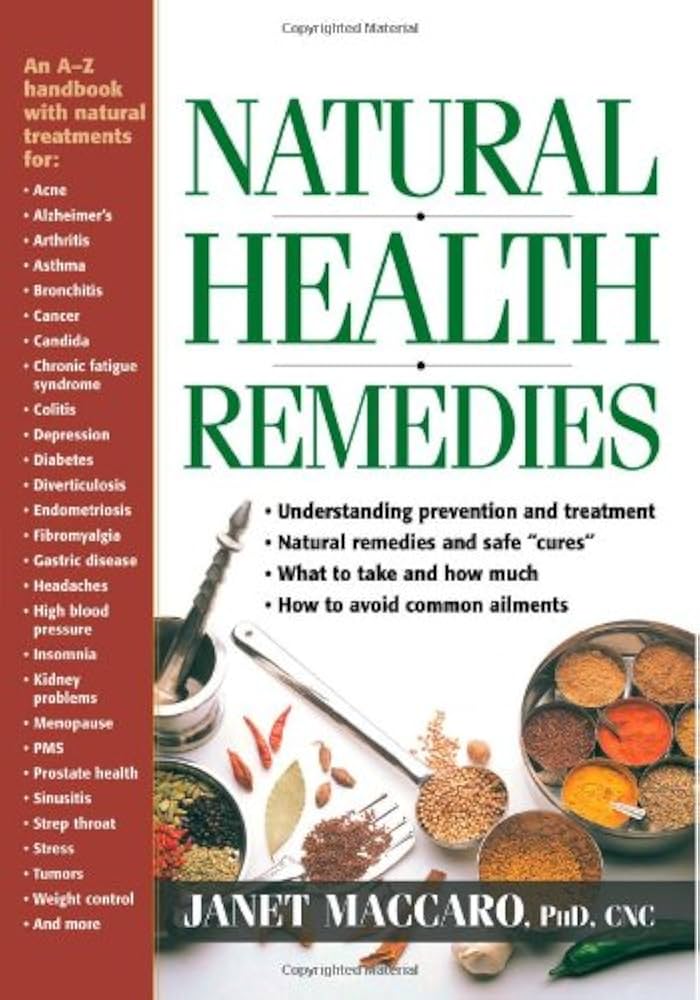Weigh the Benefits and Potential Risks of Complementary and Alternative Medicine (CAM)
As the world becomes increasingly health-conscious, more people are turning to complementary and alternative medicine (CAM) to manage their symptoms and improve their overall well-being. But before you start exploring these unconventional treatment options, it’s essential to weigh the benefits against the potential risks.
What is Complementary and Alternative Medicine?
CAM encompasses a broad range of therapies and practices that are not typically considered part of conventional Western medicine. From acupuncture and massage therapy to meditation and herbal remedies, CAM offers a diverse array of approaches to promoting health and wellness.
Type of Complementary and Alternative Medicines
Some common types of CAM include:
- Acupuncture: A traditional Chinese practice involving the insertion of thin needles into specific points on the body to stimulate healing and balance.
- Mind-body therapies: Techniques such as meditation, yoga, and tai chi that focus on the connection between the mind and body for physical, emotional, and mental well-being.
- Natural remedies: Herbs, vitamins, minerals, and other supplements used to promote health and alleviate symptoms.
Benefits of Complementary and Alternative Medicine
While CAM may not be widely accepted by mainstream medicine, it offers several benefits that can’t be ignored:
- Holistic approach**: CAM therapies often focus on treating the whole person – body, mind, and spirit – rather than just targeting a specific symptom.
- Patient-centered care**: Many CAM practitioners prioritize patient empowerment, education, and involvement in their treatment plans.
- Cost-effective**: Some CAM therapies, such as meditation and yoga, can be done at home with minimal equipment or financial investment.
- Complementary therapy**: CAM can be used in conjunction with conventional medicine to enhance the effectiveness of treatments and reduce side effects.
Potential Risks of Complementary and Alternative Medicine
While CAM can be beneficial, it’s crucial to acknowledge the potential risks associated with its use:
- Lack of regulation**: The CAM industry is largely unregulated, making it challenging for consumers to verify the qualifications and credibility of practitioners.
- Inadequate research**: Many CAM therapies have not been extensively studied or tested, leaving questions about their efficacy and potential side effects.
- Interactions with conventional treatments**: Using CAM therapies in conjunction with conventional medicine can lead to unwanted interactions or reduced effectiveness of prescribed treatments.
- Lack of standardization**: The quality and consistency of CAM products and services can vary greatly, making it difficult for consumers to know what they’re getting.
Making Informed Decisions about Complementary and Alternative Medicine
If you’re considering using CAM, here are some steps to take:
- Research**: Learn as much as possible about the specific CAM therapy or product you’re interested in.
- Consult a healthcare professional**: Discuss your plans with your primary care physician or another qualified healthcare provider to ensure it won’t interact with any prescribed treatments.
- Look for certification and regulation**: Verify that the practitioner or organization offering the CAM therapy is certified, regulated, or accredited by a recognized authority.
Finding Reputable Complementary and Alternative Medicine Practitioners
To find a trustworthy CAM practitioner:
- Check credentials**: Verify the practitioner’s qualifications, certifications, and experience in their specific field of practice.
- Read reviews and ask for referrals**: Research online or ask friends, family, or healthcare professionals for recommendations about reputable practitioners.
Conclusion
Weighing the benefits against the potential risks of CAM requires a thoughtful and informed approach. By understanding what CAM is, its advantages, and its limitations, you can make more informed decisions about incorporating these therapies into your health and wellness routine. Remember to research thoroughly, consult with healthcare professionals, and seek out certified practitioners to ensure a safe and effective experience.
As the popularity of CAM continues to grow, it’s essential for consumers to stay educated and aware of the potential benefits and risks associated with these unconventional treatments. By doing so, you can make empowered decisions about your health and wellness and take control of your overall well-being.


